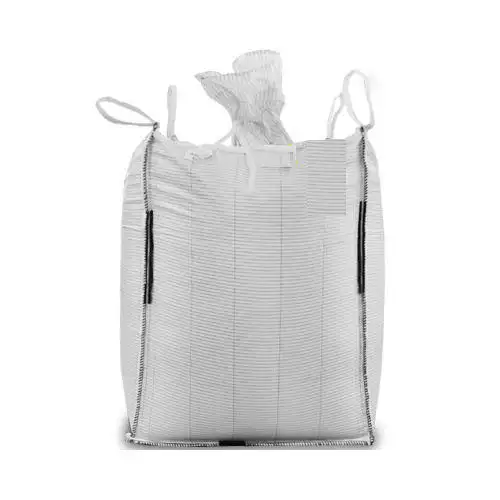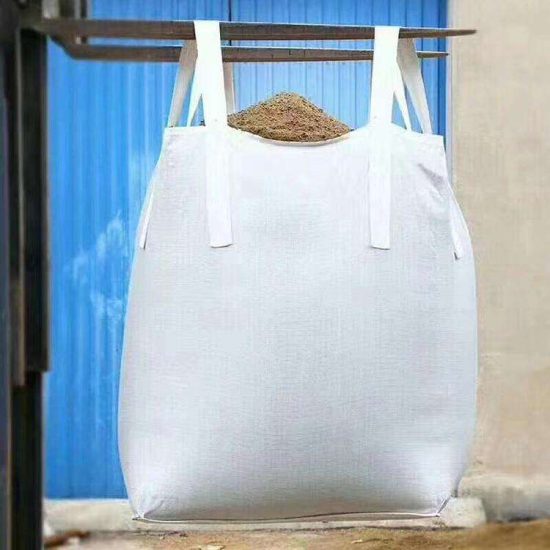Filling and sealing jumbo bags require proper techniques to ensure efficient and secure packaging. Here is a step-by-step guide on how to fill and seal jumbo bags:
- Prepare the Work Area: Clear the work area of any debris or obstacles. Ensure you have enough space to maneuver the bags and that the area is clean and dry.
- Check the Bag: Inspect the jumbo bag for any damages or defects. Ensure that the bag is clean, free from contaminants, and suitable for the material you are packaging. Check the bag’s lifting loops or handles to ensure they are in good condition.
- Position the Bag: Place the jumbo bag in an upright position near the filling area. If available, use a bag stand or holder to keep the bag open and stable during the filling process. Ensure that the bag is aligned properly to prevent any material spillage.
- Fill the Bag: Begin filling the bag with the material you intend to package. Use appropriate equipment such as a conveyor, chute, or manual scooping to transfer the material into the bag. Take care not to overfill the bag to avoid compromising its integrity or making it difficult to seal.
- Level and Compact: Periodically level and compact the material inside the bag as you fill it. This helps in achieving a consistent density and prevents the material from settling unevenly, which can affect the bag’s stability during handling and transportation.
- Seal the Bag: Once the bag is filled to the desired level, it’s time to seal it. Depending on the bag’s design, there are various sealing options:
- Zipper Closure: If the bag has a zipper closure, ensure that the zipper is fully closed, running smoothly along the entire length of the bag opening. Apply pressure along the zipper to ensure a secure seal.
- Tie Closure: If the bag has tie closure, gather the bag opening together and tie it tightly using the attached ties or other securing materials like cable ties or twine. Make multiple knots to ensure a secure closure.
- Heat Sealing: For bags with heat-sealable closures, use a heat sealer machine. Fold over the bag opening to create a double layer of material, then run the heat sealer across the folded portion, applying sufficient heat and pressure to create a tight seal.
- Sewing: In some cases, jumbo bags may require sewing to secure the closure. Use a heavy-duty sewing machine and thread to stitch the bag opening securely. Make multiple passes to reinforce the seam and ensure a strong closure.
- Inspect and Label: After sealing the bag, visually inspect it for any leaks, loose closures, or other issues. Ensure that the bag is properly labeled with relevant information, such as product details, handling instructions, and safety warnings, if applicable.
- Store or Transport: Once the bags are sealed and inspected, store them in a suitable location or prepare them for transportation. Follow proper handling and storage procedures to ensure the bags remain secure and in optimal condition.
By following these step-by-step instructions, you can effectively fill and seal jumbo bags, ensuring the safe containment and transportation of your materials.


